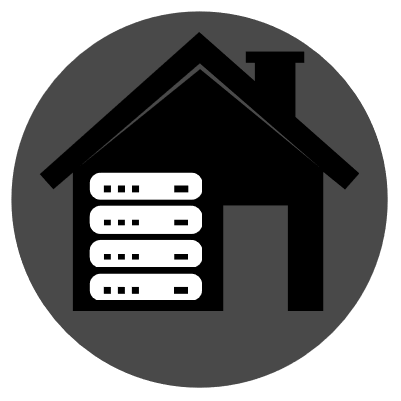

I’m afraid I have no suggestions for DoT servers.
One tip for your debugging that might be useful is to use dig to directly query DNS servers, to help identify where a DNS issue may lay. For example, your earlier test on mobile happened to be using Google’s DNS server on legacy IP (8.8.8.8). If you ran the following on your desktop, I would imagine that you would see the AAAA record:
dig @8.8.8.8 mydomain.example.com
If this succeeds, you know that Google’s DNS server is a viable choice for resolving your AAAA record. You can then test your local network’s DNS server, to see if it’ll provide the AAAA record. And then you can test your local machine’s DNS server (eg systemd-resolved). Somewhere, something is not returning your AAAA record, and you can slowly smoke it out. Good luck!
It would be amazing if PCIe lanes becomes the predominant limiting factor, rather than drive cost, for building large storage arrays. What a world it would be, when even Epyc and its lanes-for-days proves to be insufficient for large
Chia minerserrPlex serversuh, Linux ISO mirrors.